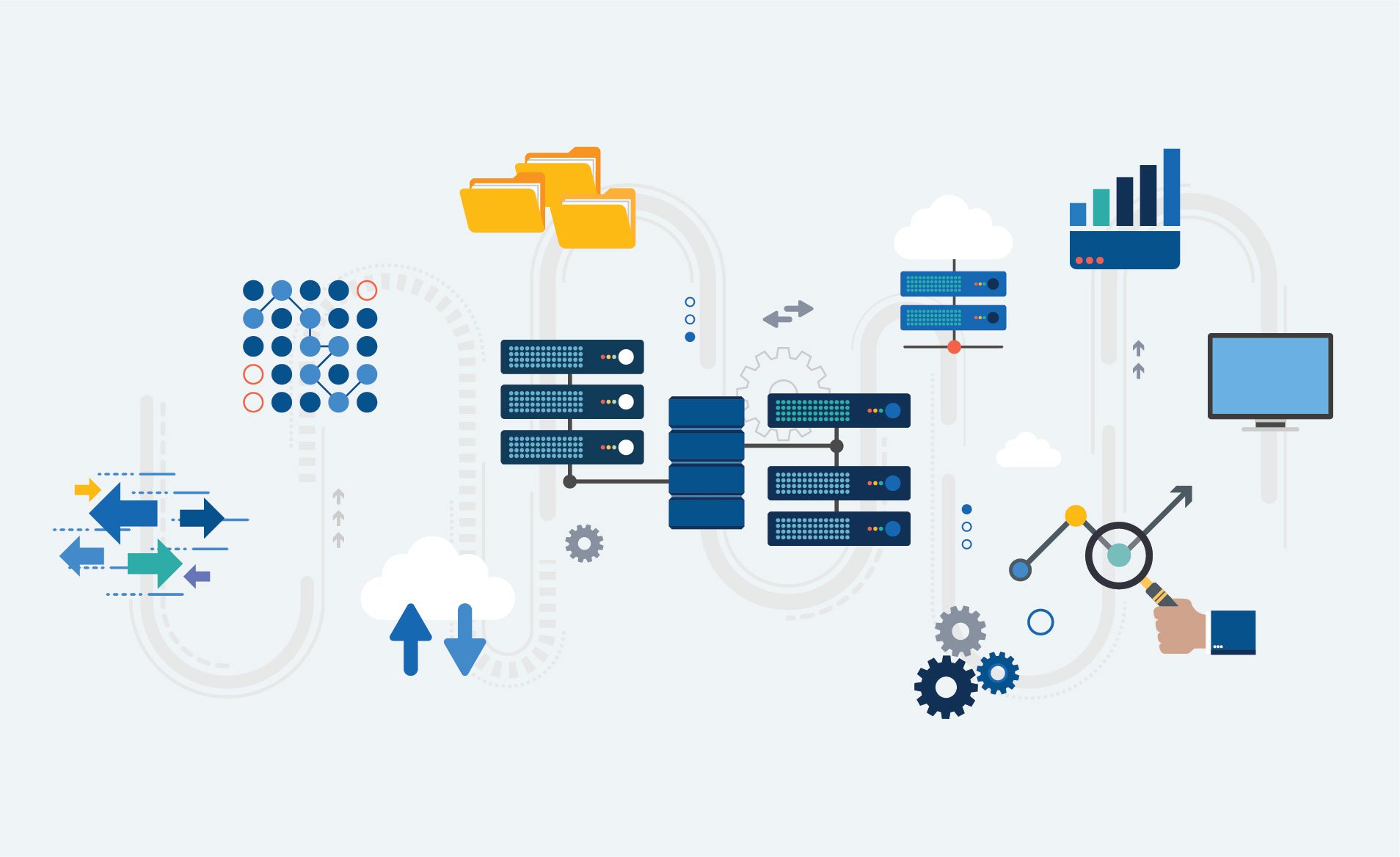Did you know that you’re sitting on a gold mine of information that, when properly collected and analyzed, can help your business rise above the competition? Every day, you produce data about your customers and your organization that is highly valuable in recognizing trends and helping your business set a strategy for growth.
Your data is one of your strongest business assets. But, it doesn’t give up its secrets easily. This is why Data Integration platforms were developed. Data Integration collects data from multiple, disparate sources, merges it, and then displays it to the user in such a way that it appears as a unified entity. Related data operations such as transformation, calculations and aggregation are also performed.
Data Integration has been around for more than 30 years. Until recently, most businesses relied on “roll your own” home-made solutions involving hand-coded scripts to connect various data sources. It worked…but there were also issues involving the quality of the results, lengthy development times and coding unreliability (coding errors, even one, could bring down an entire system).
Fortunately, the world of data integration hasn’t been standing still. Unified Data Integration Tools have been developed by third-party software vendors to automate the data integration process so that you can access all your data in specific contexts and unlock its secrets quickly.
How Can Data Integration Tools Help Your Business Stay Competitive?
Companies want an ever-increasing amount of information about their customers. The big problem is that this data can be pulled from an ever-growing range of sources such as structured databases and unstructured sources such as social media. Your challenge is pulling those sources together into one coherent whole.
To make the most of organizational data, Data Integration cannot just be a component of an IT project, but instead must be a core practice. This core practice revolves around modelling your data; cleansing your data; and extracting, transforming and loading your data so that your business can use the data to make key business decisions.
The proliferation of data over the last decade is accelerating. At the same time, data has become more crucial to maintaining a competitive advantage. Organizations now need more sophisticated tools to collect, process and analyze this data.
Data Integration Tools allow your organization to learn more about your data than what traditional Data Integration solutions have provided in the past.
Why Use Data Integration Tools?
Until recently, the market for Data Integration Tools was a fairly conservative space. Most third-party solutions offered only basic Extract, Transform and Load functionality. However, business data needs and vendor competition have combined to improve the power of Data Integration Tools.
Data Integration Tools now offer advanced capabilities to work with various data sources and targets. These include databases, APIs, and files (in a mix of processing modes – batch, incremental and real-time). Today’s Data Integration Tools are also more adept at gathering and processing data from big data environments.
Recent Data Integration Tools have gone beyond simply managing the collection of data from many disparate sources. With traditional Data Integration, the processes were centralized and handled primarily by IT staff. As more processes were added and data requests increased, a bottleneck was created that slowed the flow of data to users.
Here are 3 benefits to use Data Integration Tools:
- Provide Autonomy
To minimize these bottlenecks, data-savvy business users are insisting on more autonomy when it comes to getting the data they need for decision making. Many Data Integration Tools now provide this autonomy by offering a self-service Data Integration capability. Users can now request and manage their own data requests without looking to IT to handle the inquiries. - Empower Users
Data Integration Tools employ intuitive user interfaces and “smart” tools that are able to remember, recommend and automate integration patterns. Data Integration Tools have empowered users by reducing data delivery times allowing them to spend more time focusing on trend analysis and strategic planning. - Enable Strategic Planning
Data Integration Tools can also help with strategic planning as many tools now include automated data analysis. The Data Integration Tools are programmed with your business logic and can preprocess the data collected for any inquiries. What you get in return are automated recommendations you can use to your advantage.
We Know Data Integration Tools
Data Integration Tools can help you mine your data and uncover the gold that lies within it. Today’s Data Integration Tools will streamline how your systems collect data, how it is presented to your users and even offer suggestions about what the data means in your business context. Our team has worked with many organizations to help them achieve these goals by deploying Data Integration Tools. Contact us today!



